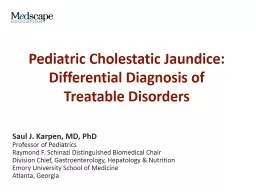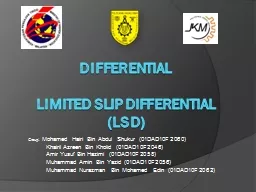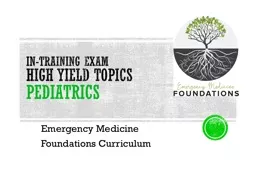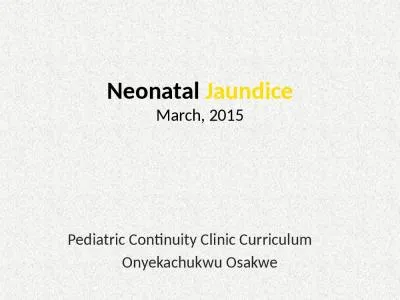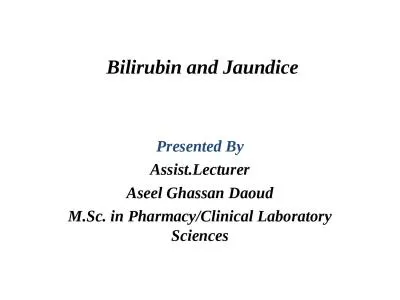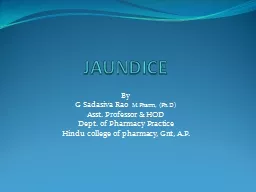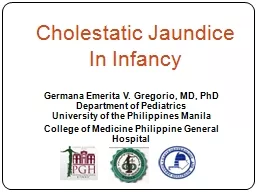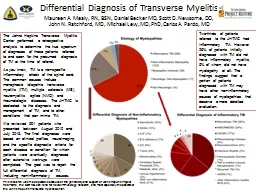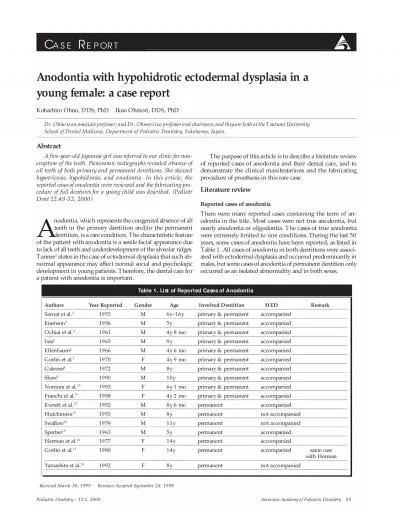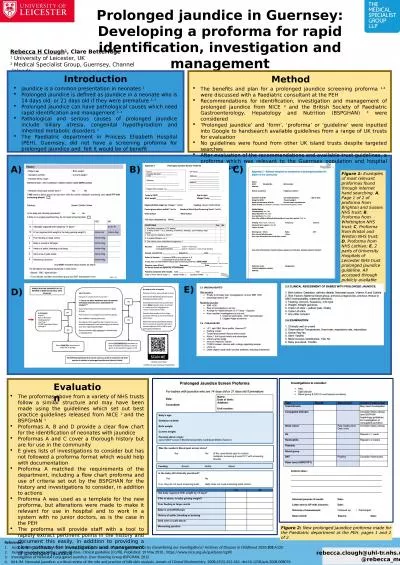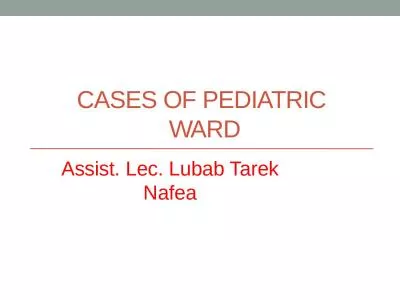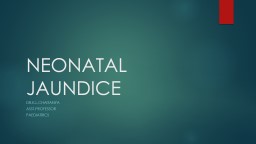PPT-Pediatric Cholestatic Jaundice: Differential Diagnosis of T
Author : alexa-scheidler | Published Date : 2017-05-10
Disorders Saul J Karpen MD PhD Professor of Pediatrics Raymond F Schinazi Distinguished Biomedical Chair Division Chief Gastroenterology Hepatology amp Nutrition
Presentation Embed Code
Download Presentation
Download Presentation The PPT/PDF document "Pediatric Cholestatic Jaundice: Differen..." is the property of its rightful owner. Permission is granted to download and print the materials on this website for personal, non-commercial use only, and to display it on your personal computer provided you do not modify the materials and that you retain all copyright notices contained in the materials. By downloading content from our website, you accept the terms of this agreement.
Pediatric Cholestatic Jaundice: Differential Diagnosis of T: Transcript
Download Rules Of Document
"Pediatric Cholestatic Jaundice: Differential Diagnosis of T"The content belongs to its owner. You may download and print it for personal use, without modification, and keep all copyright notices. By downloading, you agree to these terms.
Related Documents

